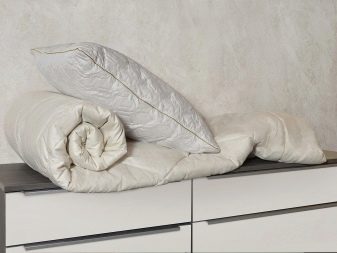All about camel wool blankets

Camel wool blankets have been familiar to everyone since the times of the USSR. They are still relevant today. In this review, we will consider the advantages and disadvantages, as well as give recommendations for choosing a quality product.
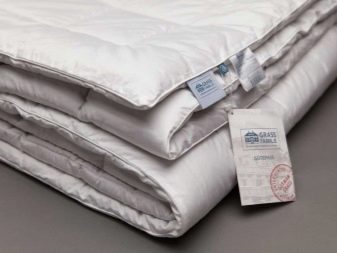
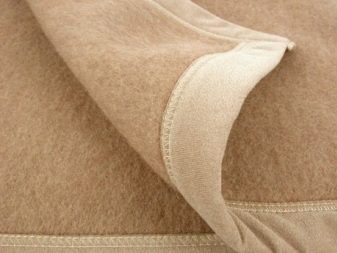
Advantages and disadvantages
The camel wool blanket is warm and soft, it has a 100% natural composition. The product not only provides a person with a comfortable rest, but also heals him. For the manufacture of blankets, they take the wool of two-humped Bactrians and one-humped dromedars. The animals are sheared and then combed out to obtain undercoat and down. Depending on the age of the camel and the breed, the thickness of the hairs varies from 6 to 120 microns.
The resulting raw materials are sorted, washed, dried and combed. Wool is left in its natural form, it is not dyed or subjected to any additional processing - this technique allows you to fully preserve the environmental friendliness of natural raw materials. The fibers are then used as blanket filler or passed through a loom to form jacquard-type bedspreads. In addition to wool, lightweight camel down is used for the manufacture of fillers.
It is distinguished by its softness and breathability, so the material is optimal for children's products. However, caring for such blankets is much more difficult, so they are not as popular as woolen blankets.
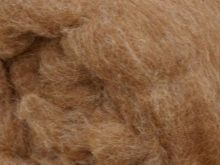
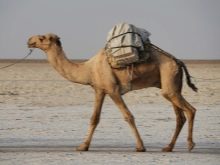
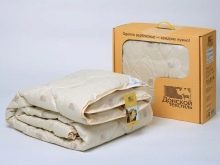
Camel wool options offer significant advantages over other types of bedspreads.
- Thermoregulation. Camel wool has the property of maintaining comfortable heating for the body. This is due to the fact that in its natural habitat, the animal is faced with daily temperature changes.
- Air permeability. This parameter is explained by the peculiarities of camel hair. They are breathable and breathable.
- Resistant to wear and tear. The minimum service life of most models of camel blankets is 7-9 years. High quality products with proper care can serve for two to three decades.
- Hygroscopicity. It is known that people often sweat while sleeping at night. Camel wool blankets can absorb moisture up to 30% of their own weight.
- Smallness. The villi of camel hair are hollow inside, so a woven bedspread measuring 200x200 cm will weigh a little more than a kilogram.
- The healing effect. For a long time people have noticed the healing effect of camel hair on the human body. Our ancestors also used this raw material for the treatment of serious diseases. Today, the wool of this animal is in demand in the medical industry; corsets and medical belts are made from it.
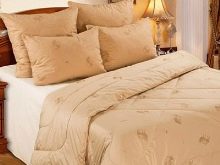
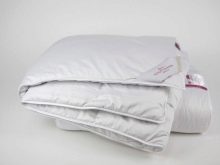

Camel wool contains lanolin, a naturally occurring wax. It has the ability to neutralize toxins accumulated in the human body. When used with blankets, it is absorbed into the skin, thereby significantly improving well-being.
Camel wool has an absorbing effect on the respiratory organs, it eases the condition in case of pathologies of the cardiovascular system. Doctors advise all people who wish to cure osteochondrosis, rheumatism and arthritis to cover themselves with a blanket of camel fibers. Numerous user reviews mention the ability of the blanket to relieve diseases of the musculoskeletal system.
In addition, camel hair is beneficial for people prone to frequent colds.

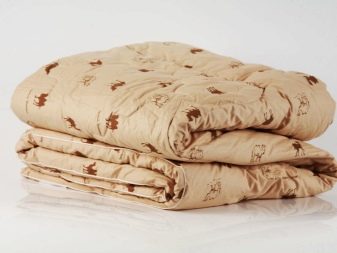
Camel wool blankets have undoubted positive properties:
- improve skin and tissue nutrition;
- normalize metabolism;
- rejuvenate the skin;
- eliminate inflammatory processes;
- remove static electricity, protect against the negative effects of the electromagnetic field;
- improve blood microcirculation.
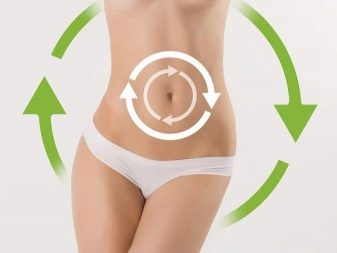

However, camel wool blankets are not without their drawbacks.
- Difficulty in leaving. Camel wool must not be machine washed. To maintain its cleanliness, washing must be carried out manually with the use of special products. Otherwise, you will not be able to keep the bedspread in its original form.
- High price. These blankets are much more expensive than products with artificial fillers on the market. However, this disadvantage is easily leveled by the durability and practicality of coatings.
- Allergenicity. Dust mites and other microorganisms that can cause an allergic reaction can grow in woolen blankets.
Obviously, the advantages of the products fully cover the disadvantages of such blankets. It is no coincidence that camel wool was popular back in Soviet times and remains at the peak of sales today. Even the variety of new materials does not diminish the demand for quality woolen blankets.

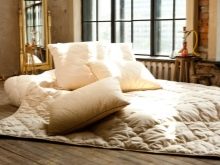
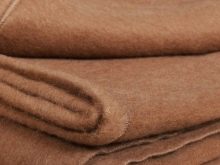
Varieties
Camel wool blankets are produced in two versions.
Open type
Thin all-season blanket with wool on the outside. If the product is made from the hairs of an adult male, then it will be rough and prickly. Therefore, for open blankets, the fluff of young camels or camel wool is used. Such products are very warm and have a pronounced healing effect.


Closed type
Thick blanket with covered wool. These are not downy products, only the hairs hidden in the cover are used here. Thus, the spiky coat does not cause discomfort. The quilt can be made with different types of stitching.
- Parallel stitching. In this case, the lines are parallel, located at a considerable distance from each other. The filler in these blankets is weak and starts to crumple.
- Karostepnye. Such lines are additionally reinforced with patterns.The wool is fixed better, but after a while it still starts to wrinkle and wrinkle.
- Cassette. Highest quality products. Here, the stitches are arranged perpendicular to each other, forming small cells. They hold the wool tightly, preventing it from moving.
In general, closed models are easier to maintain and use. However, there is no need to wait for a therapeutic effect during their operation.
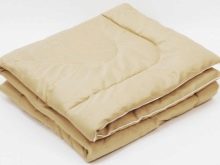

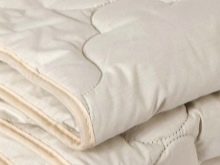
Dimensions (edit)
Modern industry produces several varieties of camel wool blankets. They differ among themselves in their sizes. The most widespread are one-and-a-half, 2-bedroom and children's models.
One-and-a-half blankets are sewn in the following dimensions:
- 140 (145) x 205;
- 150 (155) x 210;
- 160 x 220 cm.
Double blankets, as well as euro models, are produced in other sizes:
- 172 (175) x 205;
- 200 x 220 (euro);
- 240 x 220 cm (euro-maxi).

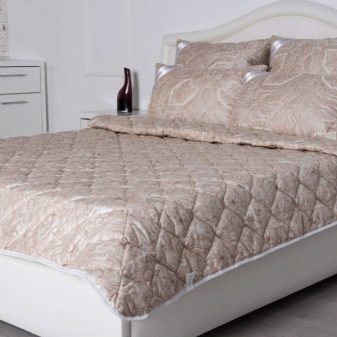
The choice of this or that model is made taking into account individual needs and the size of the berth. Blankets of the following sizes are in the greatest demand nowadays:
- 140x205;
- 160x210;
- 180x220;
- 200x200;
- 200x220 cm.
The most popular in the children's segment are models with parameters:
- 100x135;
- 100x140;
- 100x150;
- 110x140 cm.
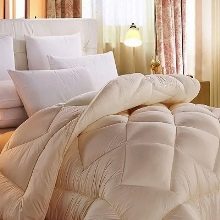

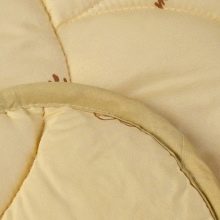
Top manufacturers
When choosing blankets, preference should be given to products from reliable manufacturers who have established themselves as creators of high quality products. The rating of the most demanded brands includes several brands.
- Kariguz. This company has been making woolen blankets for over a quarter of a century. Today, the brand is considered the leader in the production of down and feather goods in Europe. This is a Russian company, which over the years of its existence has received many various certificates and diplomas of federal and international importance.
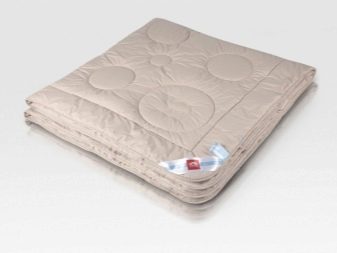

- Verossa. Another domestic company offering camel wool blankets. The products of this brand are distinguished by comfort and warmth, while at the same time they have an optimal ratio of price and quality. In the Russian market, the products of this factory are in the greatest demand.

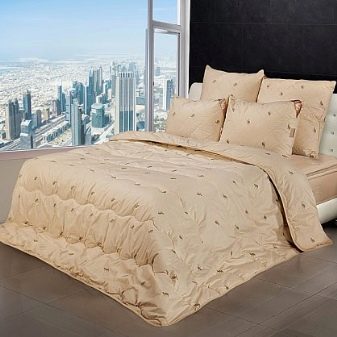
- Alvitek. For many years the company has been holding the position of a leader in the segment of production of pillows, mattresses and blankets in Russia. The brand first announced itself in 1996. Over the years of its existence, the company has accumulated vast experience in creating products of the highest quality.
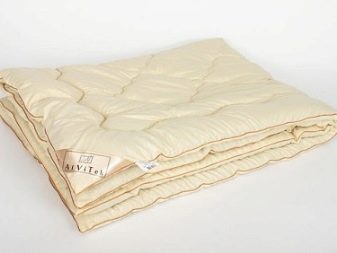
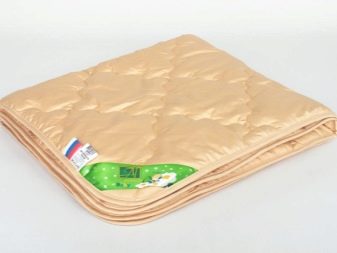
- Togas. The history of this company goes back to 1926. Since that time, the company has opened several enterprises that are successfully developing, tirelessly improving the technology of manufacturing down and feather products.
Other popular brands include Aelita, Artpostel, Asika, Light Dreams, Ecotex, Lucy, as well as Dargez, NeSaDen (Ivanovo), Sakhara and Sovinson. Domestic users note the durability and practicality of blankets from factories from Mongolia and Kazakhstan.
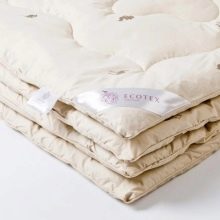
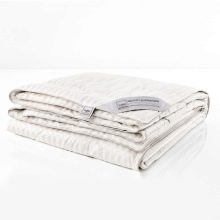
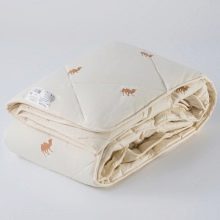
Why are swan down blankets better?
Camel blankets are often compared to swan down bedspreads, which are artificial, environmentally friendly fillers. When choosing between these models, one should proceed from several consumer characteristics. Swan down is poorly breathable and does not absorb liquid. Therefore, resting under it, especially in hot weather, is unpleasant. Swan fluff is electrified. In this he loses to camel fibers, which do not accumulate static electricity. A swan down blanket weighs much lighter than a camel.
Swan fluff is hypoallergenic, it is optimal for users with allergic diseases and asthma. Comparison of camel and sheep wool raises no less questions. There are several points to consider when choosing. Camel's wool is much lighter than sheep's.
Accordingly, users make the choice taking into account their individual preferences - someone sleeps better, covered by a heavy blanket, and someone is much more comfortable under a light one.
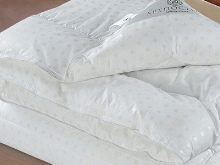
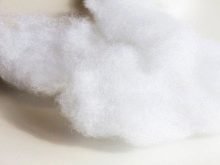
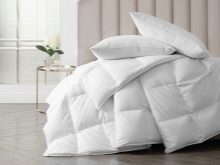
Sheep fiber blankets are more difficult to maintain. If the camel bedspread can be washed in the hand wash mode, then the products made from sheep fibers will have to be dry cleaned. Prices for camel blankets are higher. However, they also last longer. Therefore, here the choice will depend only on the ability of the buyer to pay a certain amount. The choice between camel wool and modern sustainable materials such as eucalyptus and bamboo is not easy.
Wood fiber filler is easy to care for and easy to wash and dry, unlike wool. For users with allergic and bronchopulmonary diseases, it is better to give preference to bamboo. It is hypoallergenic, does not accumulate dust, mold and other pathogenic microflora do not live in it. In the summertime, both the bamboo and the camel blanket will be equally warm. But on frosty nights, wool will warm the user much more efficiently than wood fibers.
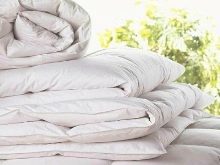
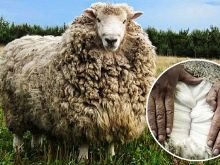
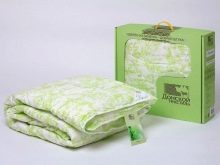
How to choose the right one?
There are many criteria to consider when choosing the right camel wool blanket model. First of all, this is the degree of heat and the density of the product. According to this criterion, all presented products are divided into 5 varieties.
- Very warm - its density is 900 g / m2. This is a winter model that is optimal for cold bedrooms or constantly freezing people.
- Winter - density 400-500 g / m2. The model is optimal for use in cold weather in poorly heated rooms.
- Demi-season - density corresponds to 300-350 g / m2. Suitable for use in autumn and spring. It can be used year-round by people who, due to physiological characteristics, do not react sharply to temperature changes.
- Light - density 200-220 g / m2. This blanket provides comfort in a warm, well-heated bedroom.
- Summer - the density parameter is 160-180 g / m2. It can be used as a blanket in the warm season or as a blanket.
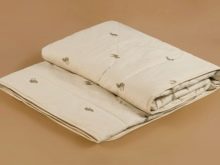

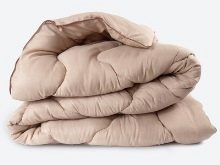
The density index is indicated on the label of the blanket with dots from 5 to 1 - the more the number of dots, the warmer the blanket. Many manufacturers offer two-layer all-season models. They consist of 2 parts, each of which has its own density - the halves are fastened together with buttons. You can use them together or separately. Thus, the set includes both a thin demi-season and a double winter shelter. The type of filler fixation is of no small importance. The most reliable and practical is the cassette one.
The fabric of the cover must be cotton. Percale, satin and cambric are commonly used. The most expensive products are made from canvases based on eucalyptus fibers. Both wool and fluff can act as a filler. For children, it is better to use down products. For open blankets, camel hair is the best solution, it is softer and more tactilely pleasant. The wool of adult camels is coarse - it is used mainly for closed blankets. At the same time, duvets are more expensive, but they are warmer and softer.
In addition, down has a more pronounced therapeutic effect, and therefore is rated higher.
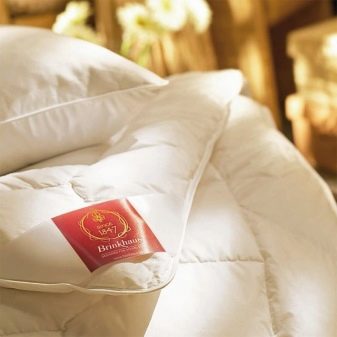

Care rules
When using any blanket, sooner or later situations arise when it needs a major cleaning. You can clean these blankets at home, but you need to adhere to the basic rules. Camel wool blankets are washed in two ways.
- Manually. In this case, special gels for wool or laundry soap are used - this way the villi get tangled much less. The water should be at room temperature, the hot lanolin coating on the fibers will break down. Rinsing is carried out by replacing the water until all the soap components are washed off. Do not spin.
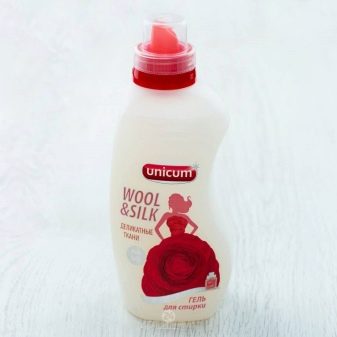
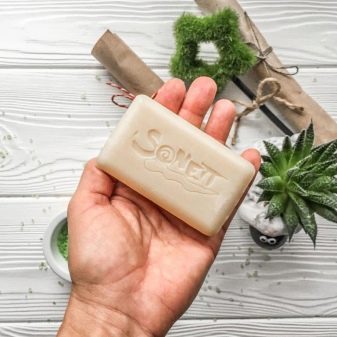
- In a typewriter. If the washing machine provides for a delicate hand wash, you can use this mode. In this case, the temperature should not be higher than 30 degrees, the spin option is turned off, otherwise the wool will get into lumps during washing, and even the restoration will not save the product.

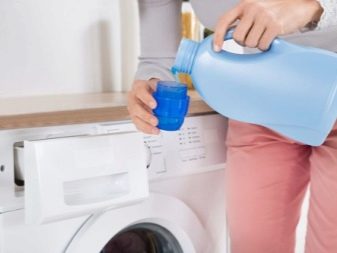
When washing such blankets, you should choose special gels with lanolin. Blankets are dried in ventilated rooms, always on a horizontal surface. It is not recommended to dry wool things in the sun. To get rid of the smell, once a quarter, the blanket must be ventilated outside. This should be done in a shaded area away from direct UV rays.
With proper care of the blanket, its service life will be 20-30 years.
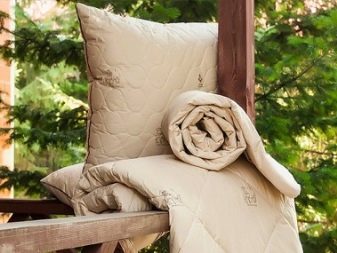
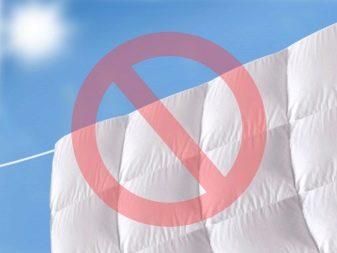
How to distinguish from a fake?
To date, there are a large number of fakes on the market. It is not difficult to check if the blanket is real in front of you.
- Colour. Camel hairs are not dyed, therefore all blankets are produced in natural colors of beige.
- Uniformity. Camel wool products are made using the felting technique. The hairs are not allowed out one by one, even if you want to get them out with tongs - it will not be easy to do this.
- Line. High quality products are stitched firmly, the edges are finished with an inlay or overlock.
- Smell. Sheep wool smells much stronger than camel wool, and synthetic fillers have no smell at all.
- Price. High quality camel wool products cannot cost less than 10 thousand rubles. If you have a product for 2-5 thousand rubles. - most likely a mixture of camel and sheep fibers. Models offered in the price range up to 1.5 thousand rubles are thermally bonded wool.
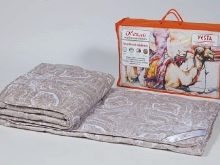
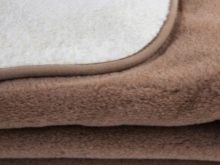
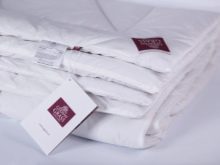
Review overview
User reviews of camel wool blankets are mostly positive. These are reliable, high quality products that ensure adequate sleep for any person. This feature is explained by the unique healing properties of camel hair, which helps relieve pain and inflammation, increase immunity and normalize blood circulation.
Camel wool blankets are available on the market in a wide range. Therefore, you can choose the optimal model for any weather, so that your rest is comfortable both on warm autumn-spring nights and in cold winters. These practical and durable products, in the absence of allergic diseases and asthma, will be the ideal solution for organizing a sleeping place for children and adults. It is no coincidence that these days they are in great demand, and their popularity is only growing every year.

